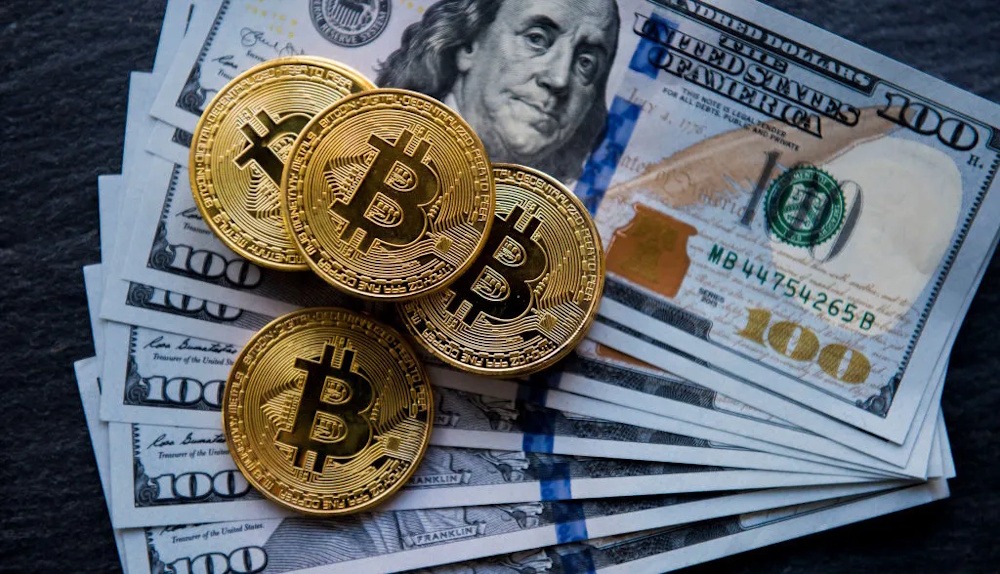Bitcoin is frequently promoted as a safeguard against inflation; however, recent insights suggest that the situation may not be as straightforward. Bitcoin’s price is driven more by the volatility of the US dollar’s strength rather than by inflationary pressures. This statement frames Bitcoin as a ‘liquidity barometer’ instead of a conventional inflation hedge. In a note shared on October 27, 2025, Bitcoin’s relationship with inflationary measures lacks consistency and significance. The cryptocurrency’s value typically increases as the US dollar weakens, reflecting patterns commonly observed with gold. With the decline of the US dollar index, Bitcoin and gold often see price surges, highlighting an inverse correlation.
The idea of Bitcoin as ‘digital gold’ has been a prevalent theme among its advocates, highlighting its limited supply and decentralized characteristics. However, analysis indicates that Bitcoin’s integration into the traditional financial system boosts its correlation with macroeconomic factors, especially the performance of the US dollar. Analysts drew a parallel between Bitcoin and gold, highlighting that although both assets react in a similar manner to macroeconomic developments, they do not exhibit correlation with one another. Gold’s historical performance as a hedge against inflation has been marked by inconsistency, frequently displaying an inverse correlation with inflation rates. This inconsistency raises questions about the conventional perception of gold as a dependable safeguard against inflation.
Bitcoin’s inverse correlation with the US dollar will intensify as Bitcoin increasingly integrates into the global financial landscape. This evolving dynamic highlights Bitcoin’s function as a liquidity gauge instead of merely serving as an inflation hedge. Apart from the US dollar, interest rates and money supply are pivotal macroeconomic factors influencing Bitcoin’s price fluctuations. Historically, gold has experienced an uptick during times of declining interest rates, while it has seen a downturn when rates rise. A comparable trend has surfaced for Bitcoin, indicating an increasing correlation between the two assets amid these economic circumstances.
Moreover, Bitcoin’s relationship with global monetary policy has remained consistently favorable. Looser monetary policies have generally benefited Bitcoin, further emphasizing its role as a liquidity barometer within the financial landscape. In conclusion, although Bitcoin exhibits certain traits similar to gold, its main function seems to be more focused on mirroring liquidity conditions instead of acting as a safeguard against inflation.

